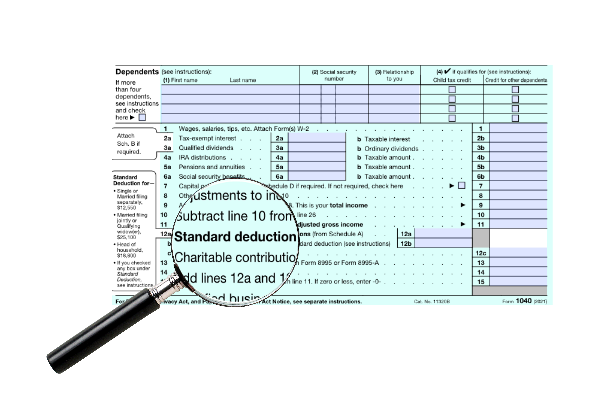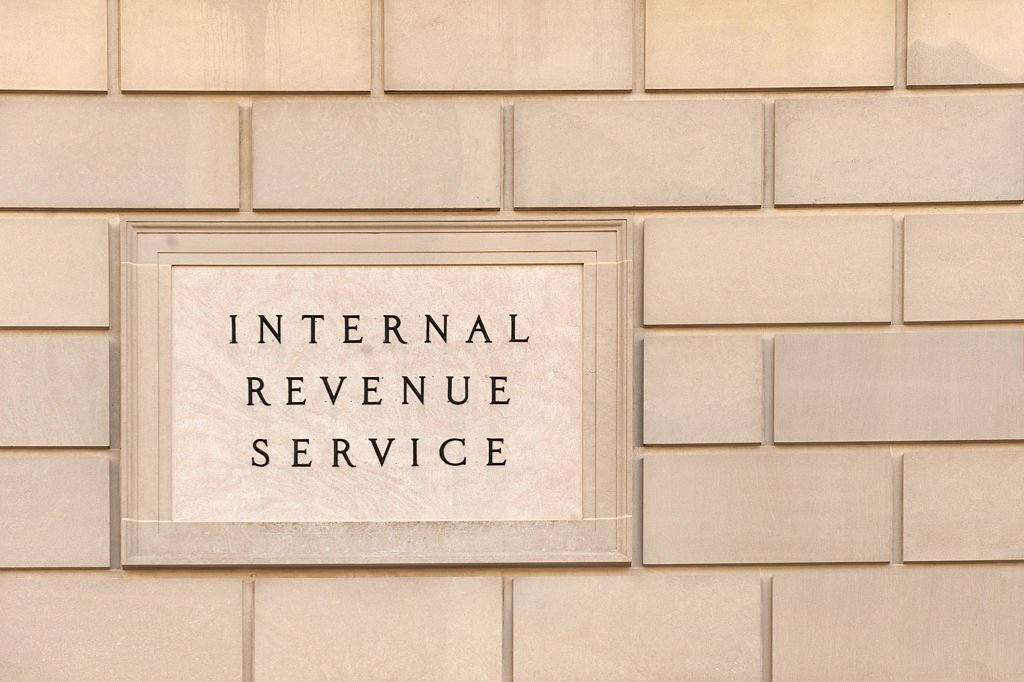By Dan Rahill, CPA, CGMA, J.D., LL.M.
In May, 2022, Andy Warhol’s “Shot Sage Blue Marilyn” sold for a record $195 million, making the portrait of Marilyn Monroe the most expensive work by a U.S. artist ever sold at auction. The seller, the Thomas and Doris Ammann Foundation Zurich, is a foundation that helps children with health care and educational programs.
Giving appreciated artwork and other collectibles to charity can provide significant financial benefits to the donor in addition to the emotional rewards of supporting that charity and creating a personal legacy.
Donations of art that you have owned for more than one year may enable you to eliminate capital gains taxes, claim a current year income tax deduction (if you itemize), and potentially reduce estate tax liability. But the rules to claim the tax benefits of a charitable income tax deduction can be complicated. What do you need to know before making such a contribution?
Donation to a Public Charity
The charitable tax deduction is based on the appraised value of the donated artwork when the recipient qualifies as a public tax-exempt organization formed within the United States, which is generally defined as an institution that receives at least a third of its financial support from the public. If you are donating art to a private tax-exempt organization, like a private foundation, your deduction will be based on the lesser of its purchase price or tax basis (the value at which you acquired or inherited the art), or its fair market value.
Example: Donor inherited artwork with a fair market value of $100,000 at the time of acquisition (its tax basis). The artwork appreciates in value over time to $1,000,000 at which time the owner decides to contribute it to charity. If the donor contributes the art to an art museum, a public tax-exempt charity, and the donation meets use and other requirements, the donor should receive a $1,000,000 charitable tax deduction. Should the donor instead choose to contribute the art to their private family foundation, the tax deduction will be limited to $100,000, its tax basis based on the inherited value.
Long-term holding Period
Artwork must be considered long-term capital property to qualify for a tax deduction. Therefore, the donor must have held the property for longer than one year in order to claim the current fair-market value as the charitable deduction .
Your donation must be used in a way that perpetuates the charity’s charter
To receive a fair market value tax deduction, the artwork donated must be related to the charities’ mission. For example, art that is donated to a museum should be used in the museum’s collection, and art that is donated to a university should be used to further the education of the students (displayed and used in art history lectures, for example). A failure to meet that test results in a deduction based on the purchase price and not its fair market value. However, if the intent from the beginning is for the charity to sell the work, the donation will not qualify for tax deduction under the related-use test.
The charity must agree to keep the work for at least three years
If the recipient sells donated art worth more than $5,000 within three years, the allowable deduction will revert to the purchase price instead of the appraised fair market value. The donor should secure a promise not to sell the art within three years of its donation to preserve the fair market value deduction.
A Qualified Appraisal
A taxpayer must file Form 8283, Noncash Charitable Contributions, with their tax return if the amount of a noncash donation is more than $500. To qualify for a fair market value tax deduction for noncash contributions worth more than $5,000, a donor must also obtain a qualified appraisal from a quailed appraiser, which must be attached and be signed by both the appraiser and by the charity that received the gift. For art contributions worth more than $20,000, the appraisal report must also be attached.
Donor Must Be an Art Collector or Investor
In addition to meeting all of the above, a donor must also fit the classification of an art collector or investor in order to claim a tax deduction. If you’re an art dealer or an artist, you are not entitled to take deductions on charitable donations of artwork.
Annual Limitations on Tax Deductions
For artwork donors who itemize, i.e., married filing jointly (MFJ) taxpayers with 2022 deductions greater than $25,900, a fair market value tax deduction is allowed for up to 30% of Adjusted Gross Income (AGI), assuming the donors meet the long-term holding period, use and other rules discussed above. For donations to private foundations, the deduction is limited only 20% of AGI (and would be based on the lesser of fair market value of tax basis). Any excess deductions not allowed because of the AGI limitations are carried forward another five years.
Example: In the scenario above, the MFJ taxpayer with $1,000,000 AGI, makes a $1,000,000 art contribution to a qualified charity. The taxpayer is allowed a $300,000 charitable deduction in 2022, and the remaining $700,000 will carryover for five years. If AGI remains the same, the taxpayer will receive $300,000 deductions in 2023 and 2024. The remaining $100,000 will be deductible in 2025.
Other limitation rules apply. For example, should a taxpayer’s current deduction be limited by AGI and they wish to deduct more in the current year, the taxpayer can elect to reduce the deduction to the tax basis of the property. By making such an election, the deduction limitation is increased from 30% of AGI to 50% of AGI. Such an election might make sense if the fair market value and the tax basis are fairly close in value and it would allow the taxpayer to deduct a greater percentage of AGI.
Because of the complexity of these rules, taxpayers should always consult their financial or tax advisor when planning such a contribution.
Donating NFTs Has Increased Complexity
Interest in using non-fungible tokens (NFTs) as donations to charities has increased dramatically in recent years. Given their unique nature and lack of guidance from the IRS on such gifts, both donors and recipients face a number of tax uncertainties.
NFTs are not easily convertible into currency, presenting unique challenges to charities once they are donated. An exception would be an art museum that would make the NFT part of its collection. An appreciated NFT with a long-term capital gain holding period, could be donated to an art museum assuming the donor would be able to receive a qualified appraisal from a qualified appraiser, required for donations of more than $5,000. This could prove extremely difficult as each NFT is likely unique, making comparisons to similar sales between a willing buyer and a willing seller almost impossible. As a result, rather than contributing NFTs directly to charities, many donors are selling the NFTs, with all or a portion of the proceeds donated to the charity.
Summary
For collectors who are charitably minded, donating art to charity can provide a tax efficient way to achieve strategic planning advantages. Donors who are interested in obtaining a fair market value charitable deduction must consider many factors, however, and should consult their financial or tax advisor to determine the best plan to contribute the artwork.
======
Illinois CPA Society member Daniel F. Rahill, CPA, JD, LL.M., CGMA, is a managing director at Wintrust Wealth Management. He is also a former chair of the Illinois CPA Society Board of Director and is a current Board Member of the American Academy of Attorney-CPAs.
Thanks for reading CPA Practice Advisor!
Subscribe Already registered? Log In
Need more information? Read the FAQs
Tags: Benefits




